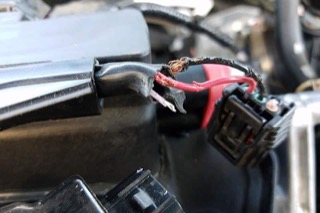Common 2016-2019 Toyota Mirai Problems
Some of the worst issues 1st generation Mirai owners have to deal with.
Rodents Chew Soy-Coated Wires
Somewhere in the mid-2000's there was an industry-wide push by automakers to replace plastic and glass-based wiring insulation with a more eco-friendly soy-based coating. It's biodegradable, commendable, and a complete disaster for owners. …
Continue reading article "Rodents Chew Soy-Coated Wires"
What Are We Missing?
We know there's more problems than this. Let us know which one you'd like to see us cover next.
Continue

